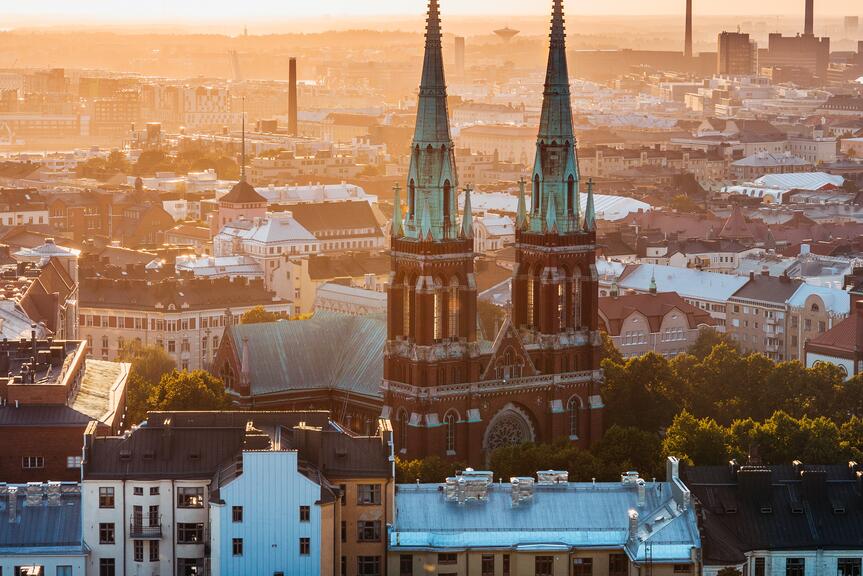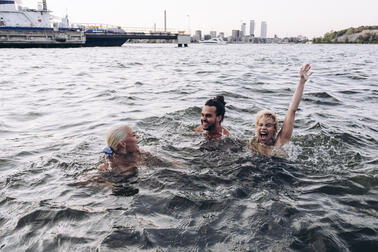
New record in tourism income on the horizon
Direct tourism income in Helsinki totalled roughly €1.5 billion in 2023. This is a growth of up to 25 per cent from last year. We have nearly reached pre-pandemic levels, as our tourism income in 2018 totalled roughly €1.6 billion. Growth has been seen despite the complete loss of one of Helsinki’s significant source markets, Russia. Additionally, Japanese and Chinese tourists have not yet fully found their way back to Helsinki, in part due to Russia’s overflight ban.
In 2024, we have seen a growth in registered overnight stays and we can expect to beat the 2018 record in tourism income during this year.
Nina Vesterinen, tourism manager for Helsinki, is happy with the growth of tourism income, but wants to point to some darker clouds over the sector.
– It is fantastic that we have finally reached pre-pandemic levels in both tourism income and overnight stays. All the while, the geopolitical situation, reduced consumer purchasing power, and changes is consumer behaviour will all have an effect on business profitability. The increased accommodation capacity in Helsinki also introduces another difficulty, says Vesterinen.
Vesterinen also reminds us that tourism income is not the only indicator.
– We have invested significantly into sustainable tourism and Helsinki has risen consistently in the Global Destination Sustainability Index, which is an indicator of the sustainability of tourism destinations. Helsinki is currently in fourth place, continues Vesterinen.
Importance of tourism as a driver of the national economy
Direct tourism income in Finland totalled roughly €11.78 billion in 2023.
– Tourism is at the core of the Finnish service industry. Its regional and national benefits to the economy and employment have been indisputably verified, says Vesterinen.
The sector also has significant knock-on effects on other sectors, such as construction, transportation and retail.
– All the municipalities and tourism regions in this study develop through tourism. Tourism helps to attract investment and skills, creates new business and new jobs, including for young people and immigrants. Tourism supports the establishment of services and events that also benefit the locals. It boosts the vitality of city centres and rural areas as well – without forgetting about the connections to the rest of the world, finishes Vesterinen.
Tourism income and employment study expands
Finland’s most significant tourism destinations carried out the first-ever joint study last year. This year, the study includes representation from Eastern Finland and Lapland as well. Additionally, for the first time, the study measured Finland’s total tourism income with the same research method. Of the most notable Finnish tourism destinations, the only ones not included are Rovaniemi and Kuopio. This means that the study is a uniquely wide viewpoint on the economic and employment effects of the entire tourism sector in Finland.
Over 40 tourism regions participated in the study. The study was carried out by research firm Visitory Oy.
The total demand for tourism in Finland has also been calculated by Statistics Finland using the tourism account statistics system. This method has not been used to research the tourism income for individual tourism regions or municipalities.
- Effects of tourism on income and employment in Helsinki (in Finnish)
- Power BI tool that includes the results of the participating municipalities (Link leads to external service)
- Helsinki tourism operators website
- Global Destination Sustainability Index(Link leads to external service)
- Helsinki Tourism And Events Programme 2022–2026 (in Finnish)


